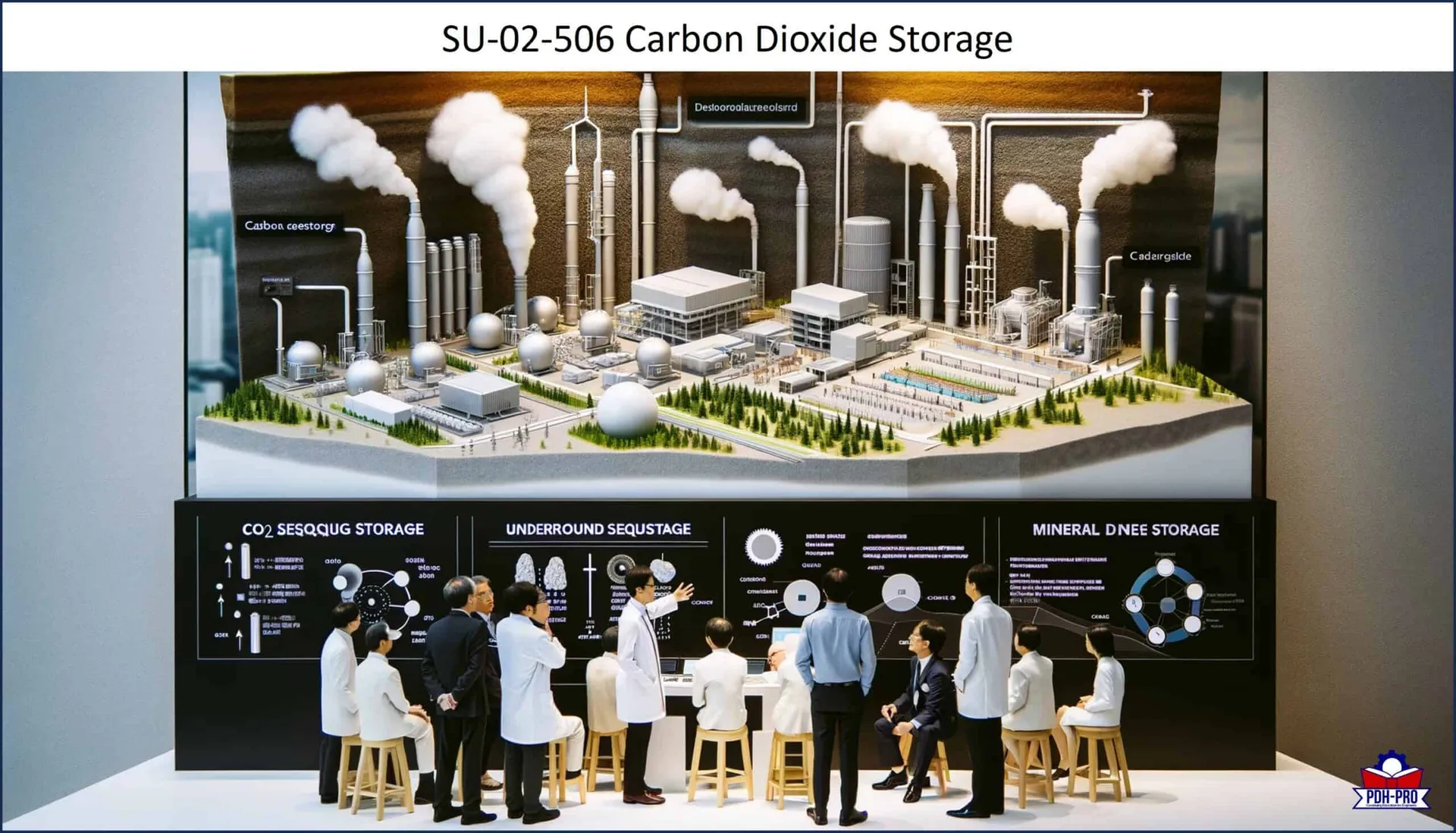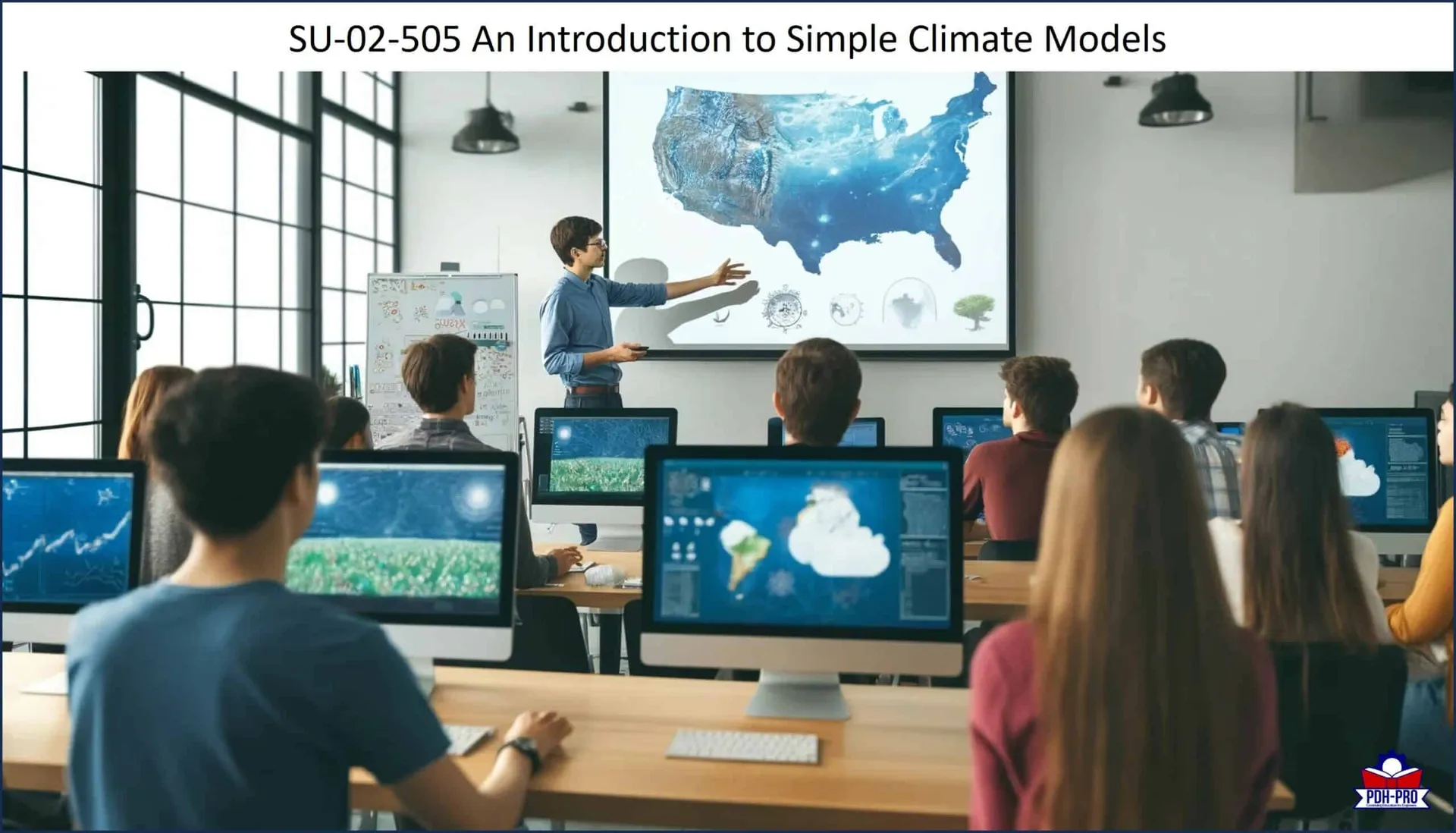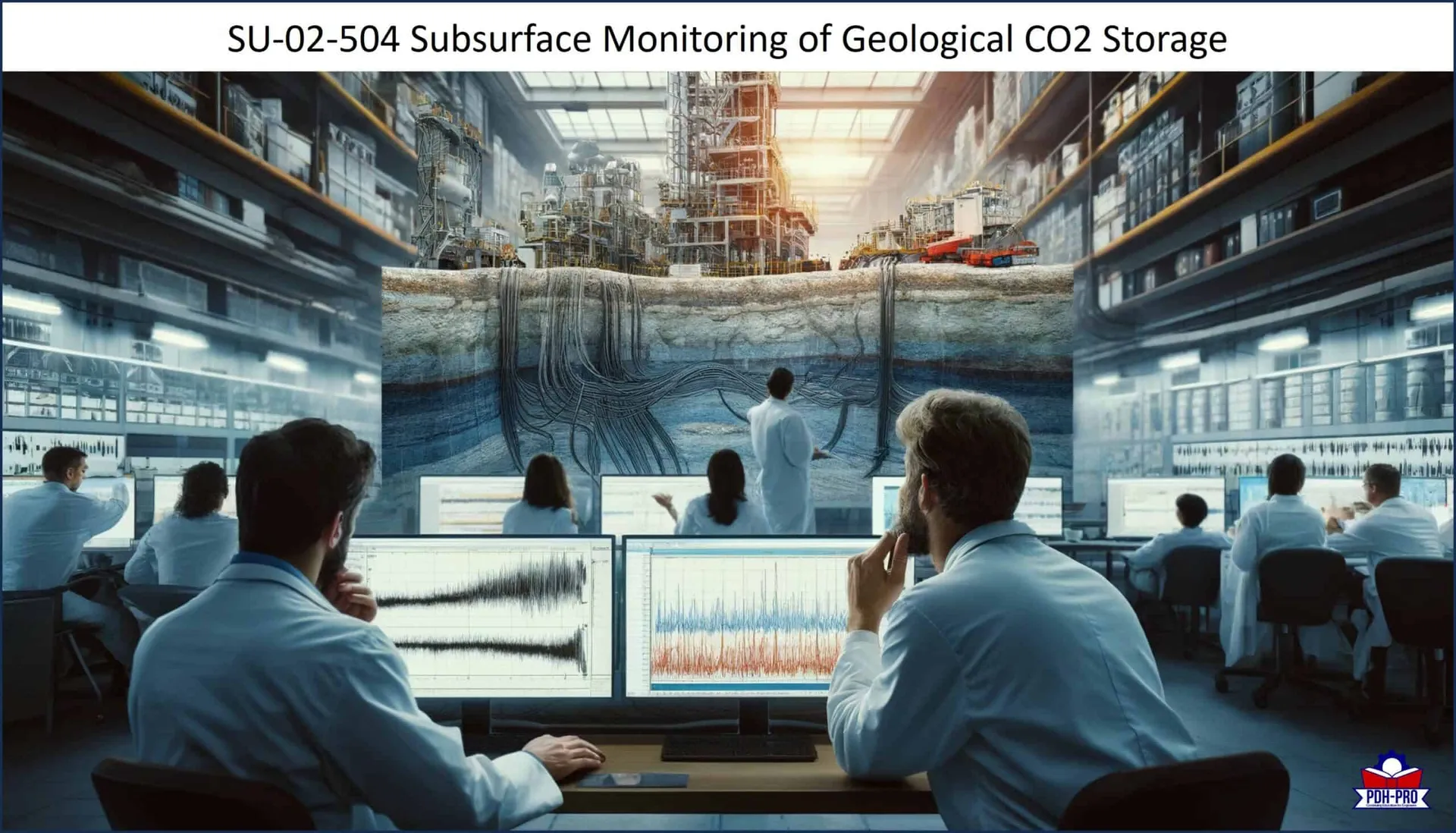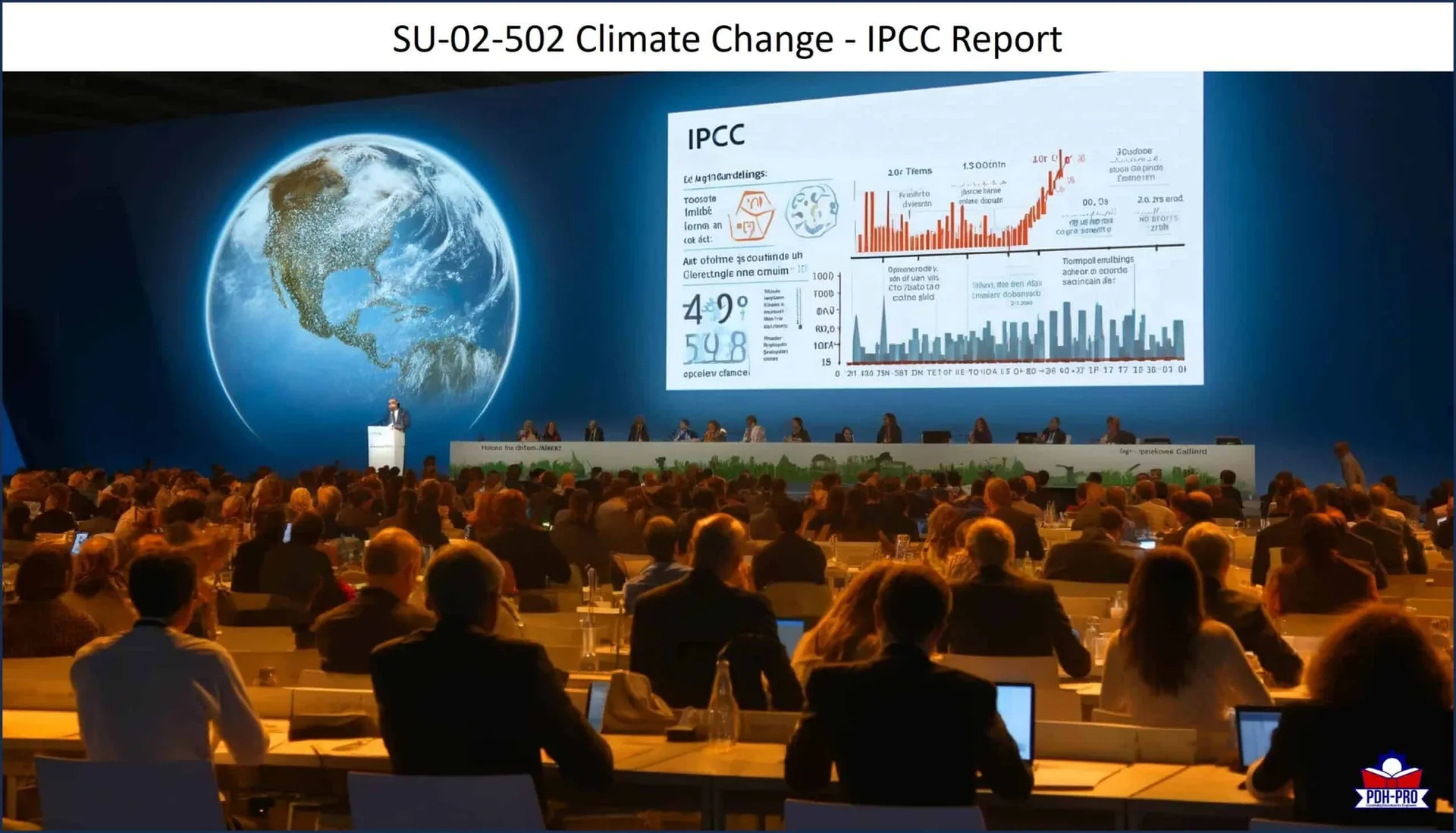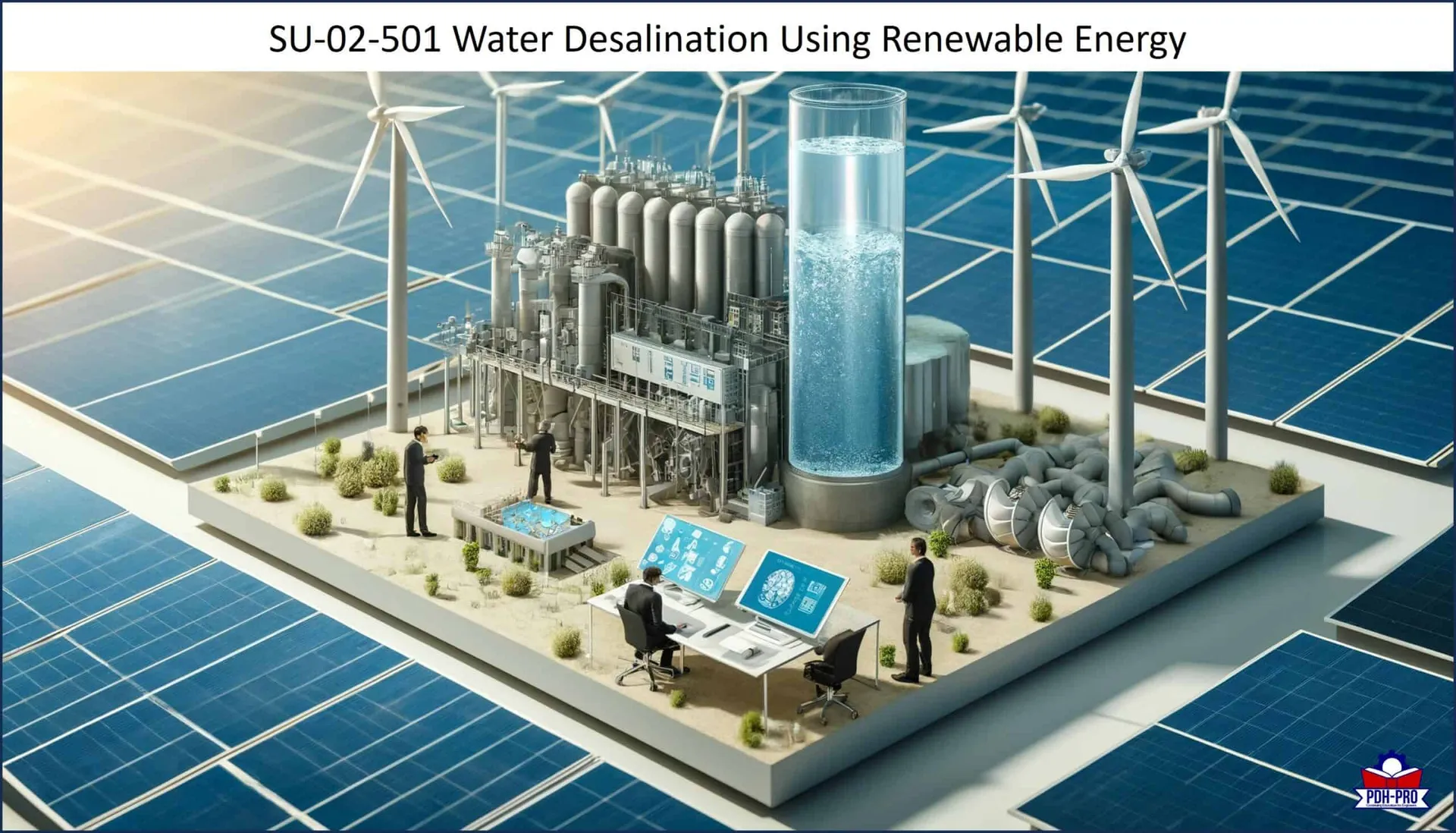
- Home
- Contact Us
- Corporate Solutions
- Webinars
- Packages
- Courses
- Categories
- Live Webinars
- Packages
- Chemical Engineering
- Civil Engineering
- Electrical Engineering
- Petroleum Engineering
- Environmental Engineering
- Geotechnical Engineering
- Mechanical Engineering
- Structural Engineering
- Sustainability
- State Rules and Regulations
- Ethics and Law
- Project Management
- HSSE
- Petroleum Engineering
- Timed & Monitored – Ohio
- On Demand Webinars
- More
Course Modern 2 Columns
Condimentum Cursus Lorem ParturientCarbon Dioxide Storage
Carbon Dioxide Storage Carbon dioxide (CO2) capture and storage (CCS) is a process consisting of the separation of CO2 from industrial and energy-related sources, transport to a storage location and long-term isolation from the atmosphere. This course considers CCS as an option in the portfolio of mitigation actions for stabilization of atmospheric greenhouse gas concentrations….
An Introduction to Simple Climate Models
An Introduction to Simple Climate Models The major components of the climate system that are important for climatic change and its consequences, such as sea level rise, during the next century are: the atmosphere, oceans, terrestrial biosphere, glaciers and ice sheets and land surface. In order to project the impact of human perturbations on the…
Subsurface Monitoring of Geological CO2 Storage
Subsurface Monitoring of Geological CO2 Storage Geological sequestration can be used to reduce greenhouse CO2 emissions to the atmosphere. The three potential geological storage options are depleted oil and gas reservoirs, deep saline aquifers, and un-minable coal beds. Subsurface monitoring will be necessary for leak detection, to provide information for optimizing injection, and to support…
Climate Change and Renewable Energy
Climate Change and Renewable Energy All societies require energy services to meet basic human needs (e.g., lighting, cooking, space comfort, mobility, communication) and to serve productive processes. Sustainable social and economic development requires assured and affordable access to the energy resources necessary to provide essential and sustainable energy services. To be environmentally benign, energy services…
Climate Change – IPCC 2014 Report
Climate Change – IPCC 2014 Report This course provides an integrated view of climate change as presented by Intergovernmental Panel on Climate Change (IPCC). It reviews in detail the causes of climate change and presents a summary of the risks and likely impacts climate change represents. The IPCC outlines the emissions reductions that are required…
Water Desalination Using Renewable Energy
Water Desalination Using Renewable Energy Global demand for water continues to increase while freshwater sources are becoming more scarce due to increasing demand for natural resources and the impacts of climate change. Desalination of seawater and brackish water can be used to augment the increasing demand for fresh water supplies. Although desalination is a very…
